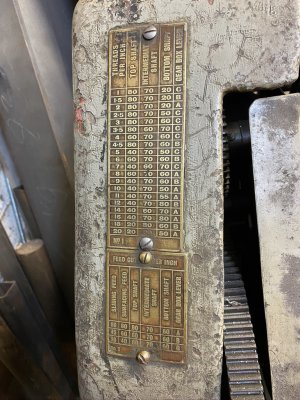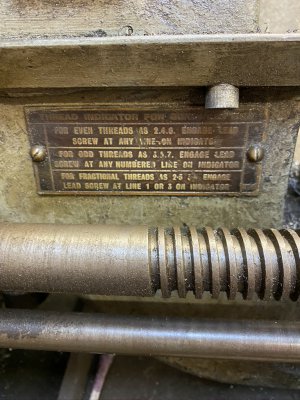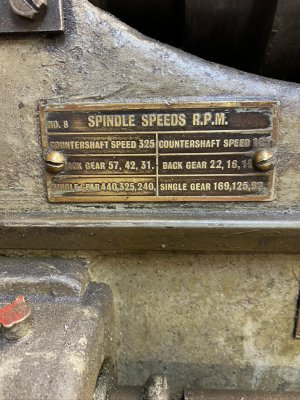- Joined
- Oct 14, 2014
- Messages
- 2,114
I'm sure you are right.
I am plenty happy with the leads possible with just the 37 and 47 tooth setup . Only two are very far off at all 1.739 for the 1.75 or 0.6% and the 0.612 for 0.600 for 2% (I'd reject this one). All the others are closer
I am plenty happy with the leads possible with just the 37 and 47 tooth setup . Only two are very far off at all 1.739 for the 1.75 or 0.6% and the 0.612 for 0.600 for 2% (I'd reject this one). All the others are closer



